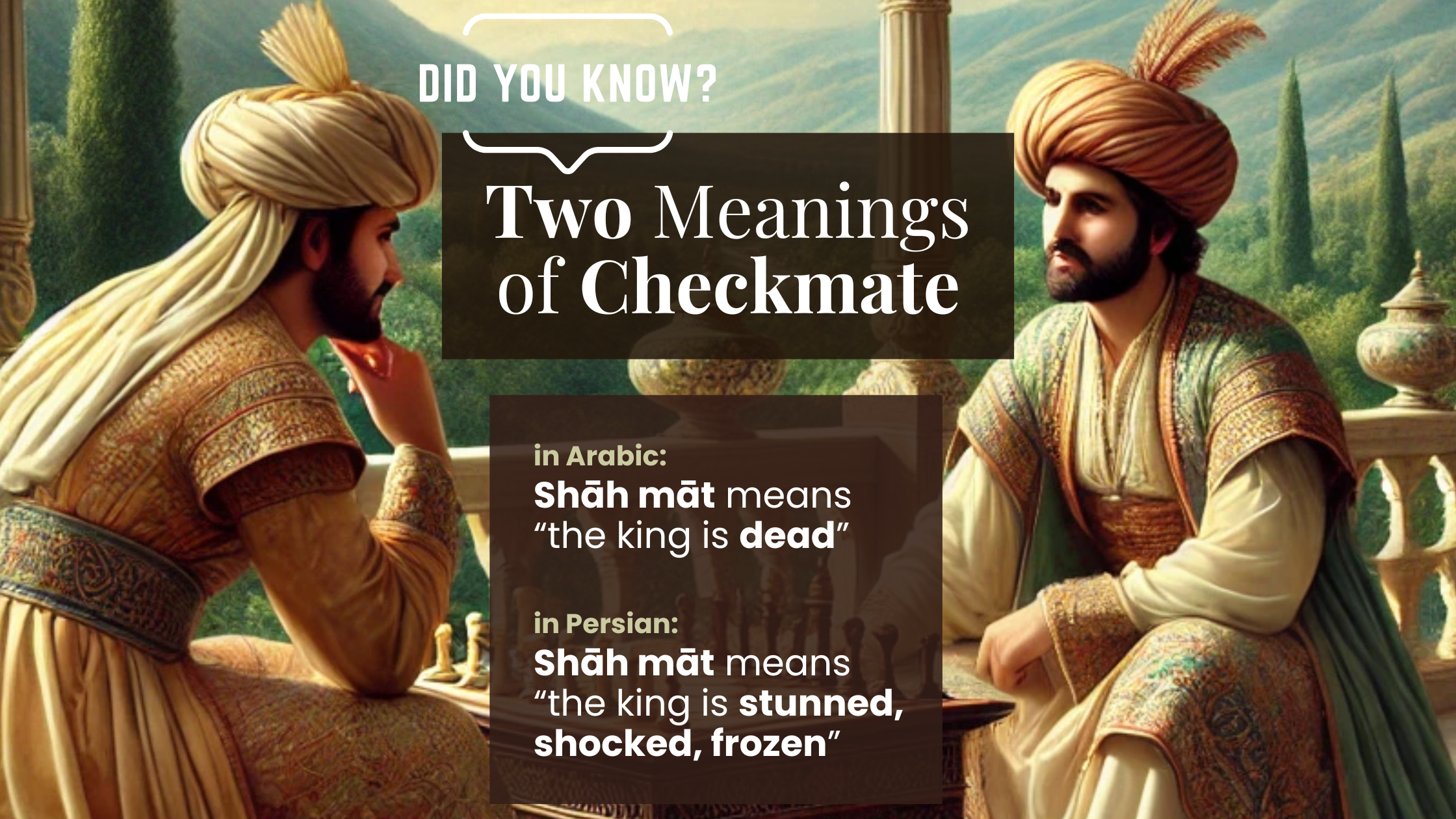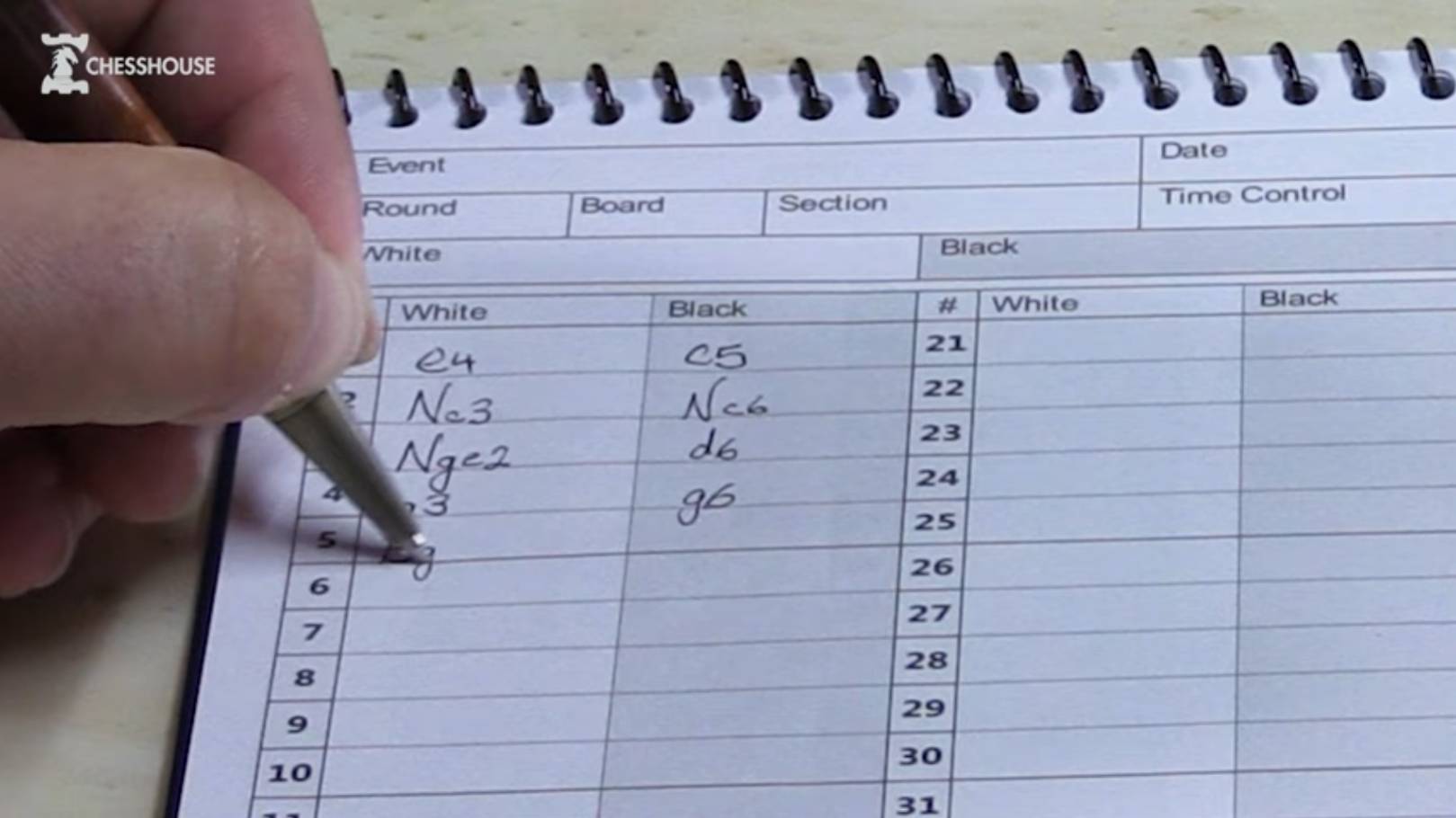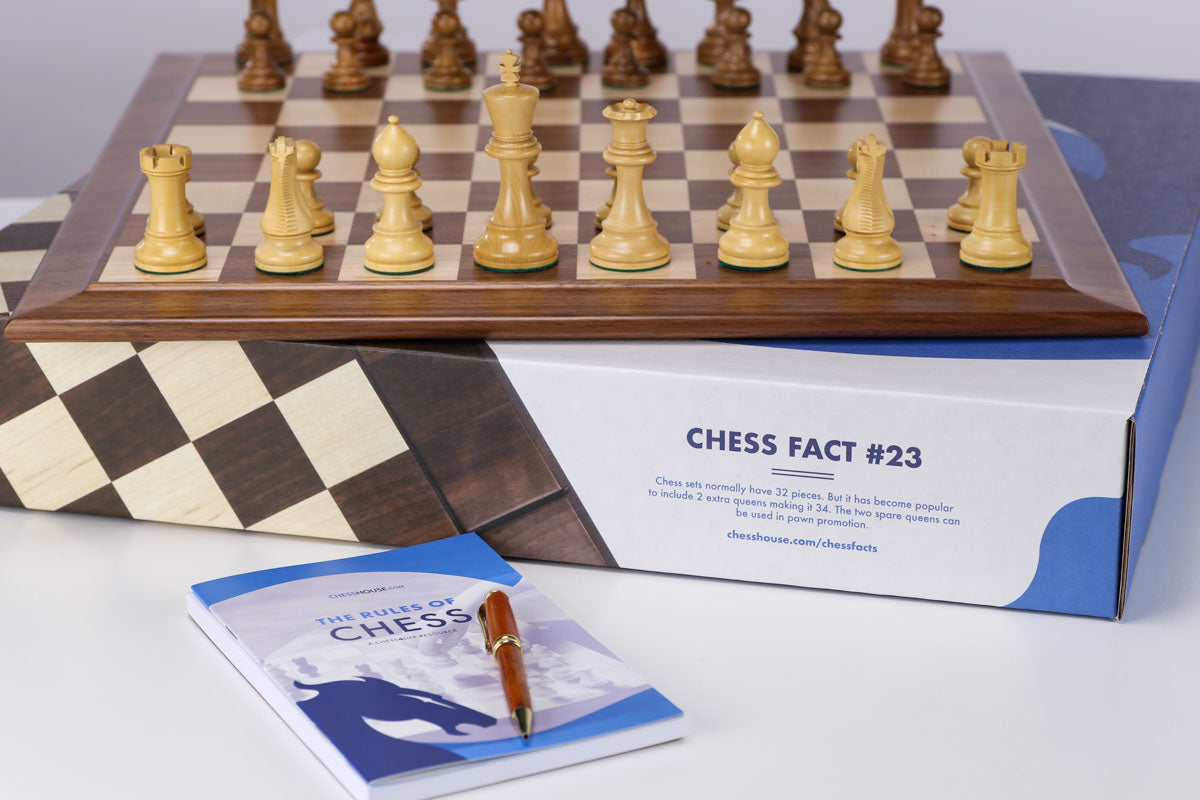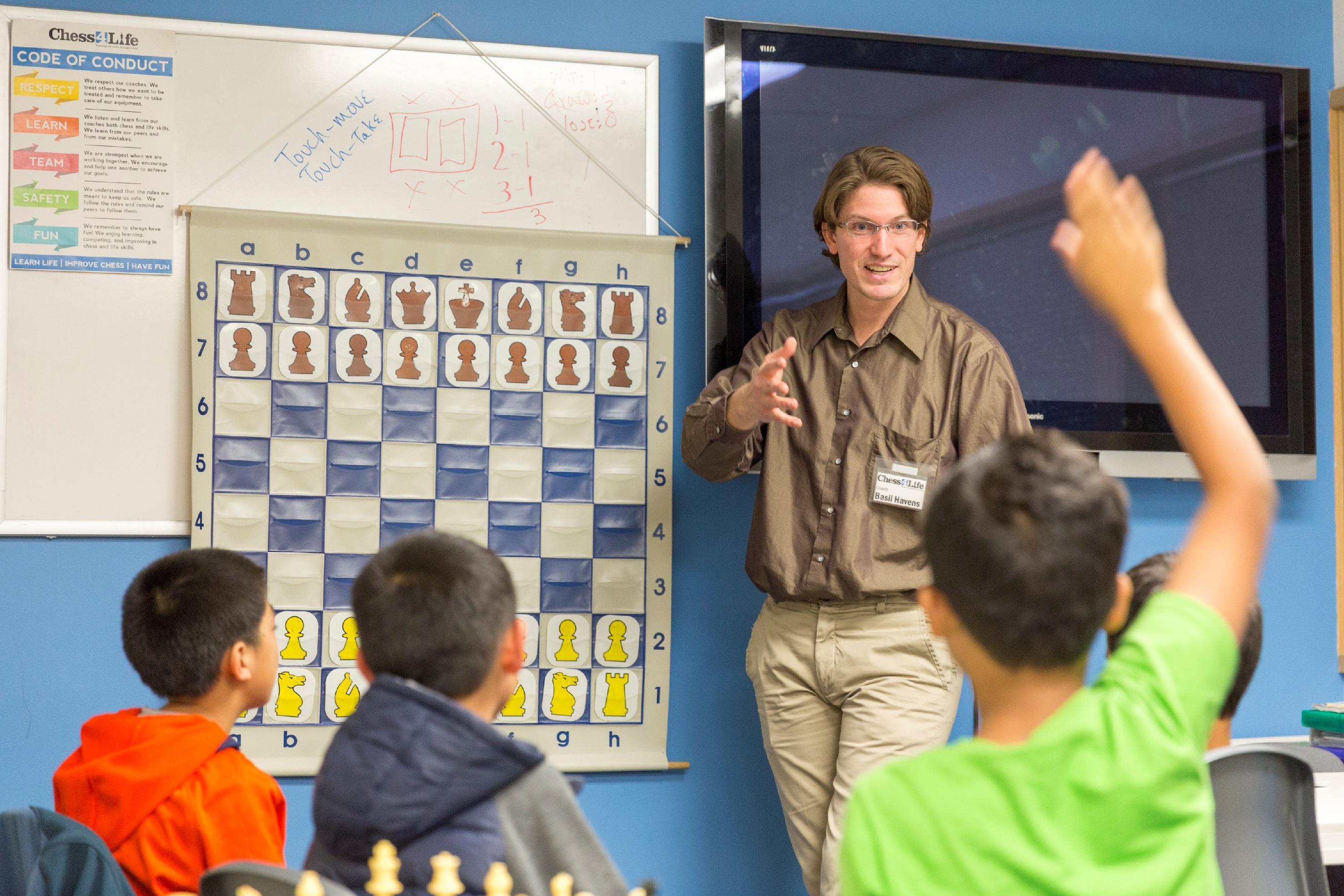
What Does Checkmate Mean? The History, Origins, and How It’s Represented in Chess Notation
The word checkmate is one of the most iconic terms in chess, symbolizing the moment a game ends when the king is in an inescapable threat. But where does the term come from, and how is checkmate re...

How to Read and Write Algebraic Chess Notation
In a few minutes, you will understand how to read and write chess moves using the chess notation, also known as algebraic chess notation. This is the standard method of recording the moves in a che...

New perspectives on proven tools
Joanna and I watched the sun lower this week across the Haro Strait near Lime Kiln lighthouse. Several times a year, Orca whales breach during the sunset in this spot. This evening, smoke enhanced...

14 Tips to Starting a School Chess Club
Starting a chess program for students in a school can be a rewarding and intellectually enriching endeavor. Chess is known to enhance critical thinking, problem-solving, and strategic planning sk...

32 Interesting Chess Facts to Impress Your Friends
Do you enjoy chess? If so, you'll love these 32 interesting chess facts! These facts will impress your friends and make you seem like a chess expert. Did you know that... - chess is the most popula...

Students with varied chess skill levels in the same class
Have you ever found it challenging to lead a chess class because it included both beginners and advanced players? Elliott Neff of Chess4Life easily breaks down this question that has recently surfa...





